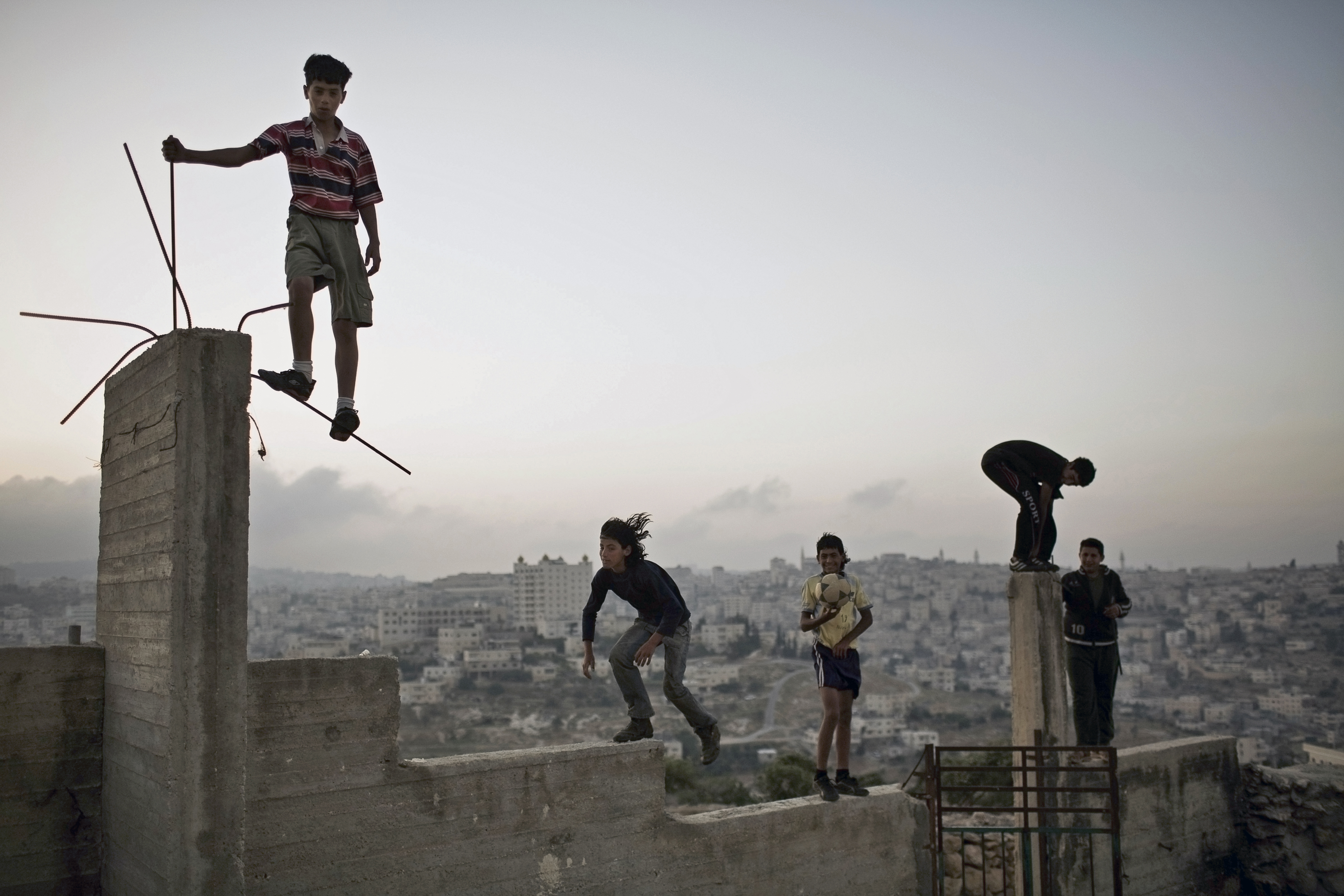 Finding hope within conflict can be challenging but it is important in bringing about long term resolution. Photo: Dawei DING
Finding hope within conflict can be challenging but it is important in bringing about long term resolution. Photo: Dawei DING
In one of the world's most protracted conflicts, two researchers plan on measuring the impact of hope in the Israel-Palestine conflict.
Oded Adomi Leshem and Obada Shtaya are two graduate researchers who study Conflict Analysis and Resolution at George Mason University. Before they started doing research together in the US, both men personally experienced the Israel-Palestine conflict - from two very different perspectives.
Oded Adomi Lethem, an Israeli, was active in the Israel peace movement. Adomi says, “As an activist and someone who was involved in the peace movement in Israel, I had the opportunity to see the harshness of the occupation, and understand that as an Israeli I have a lot of responsibility, both for Palestinians and for Israelis, to stop the occupation and initiate processes that facilitate resolution between the people.”
Obada Shtaya grew up in Palestine. He too felt the urge to work towards a resolution, saying, “Like for all Palestinians, ending the occupation and establishing a Palestinian state has always been my top priority. In the beginning, I considered doing it in any way possible. Then I realized the imbalance of power and asymmetry of the conflict makes a military solution to this conflict impossible. Ever since I started looking at it from a pragmatic perspective, I realized that Palestinians must use diplomacy to achieve their goals.”
Crossed paths and shared experiences
After their mutual experiences in non-violent peace movements, both men found themselves at the School of Conflict Analysis and Resolution at George Mason University.
Adomi says, “I was already a PhD student, and there was a rumor that there was a new Palestinian student in the master’s program.”
It wasn’t long before the two were meeting discussing perspectives on the conflict in each society. Both admitted that hearing the perspective of the other side provided valuable insight into the conflict.
During their discussion about their experience in local activism, they both agreed that the main thing that keeps peace activists going is hope. The belief that things can and will get better in the future directly influences a person’s commitment to peace in the present. As they both knew too well, violent conflicts tend to create a sense of hopelessness.
Adomi explains, “One of the things that have been shown to characterize protracted conflicts is the lack of hope for resolution among the people who live in these dire situations. Many think the conflict will go on forever or finish when one group completely destroys the other.”
However, this perception has a negative impact on the willingness to work towards peace in the present. Adomi continues, “If we think peace will never happen, why bother? It escalates the conflict and self-validates that the conflict can’t be resolved.”
Mapping hope
To directly assess hope for peace in Israel-Palestine, Adomi and Obada created the Hope Map Project. If hopelessness is such a powerful influence on conflict escalation, then hope might be a source of de-escalation.
Adomi says, “The Hope Map Project will measure hope for resolution in both societies. We are going to survey a large sample, which will enhance our current understanding of the relationship between hope and conflict. We also collect demographic measures like political orientation, religiosity, and levels of education, so we can see whether these correlate with hopes for a resolution. The final product will be a very detailed map on hope for resolution in Israel-Palestine.”
By mapping hope throughout Israel and Palestine, they plan to highlight and compare areas of hope and areas of hopelessness.
To implement the survey, Adomi and Obada launched the Hope Map Project as a crowdfunding campaign. Since it was launched, the project has already received overwhelming support. They plan on collecting the data this summer. Once the research is complete, they will offer the Hope Map to the public, NGO’s, and policy makers. By understanding who is hopeful for peace, and examining what factors influence hope, they believe this research will serve as a powerful tool for peacebuilding in Israel and Palestine.
Supporting local action for peace is key to breaking cycles of violence and transforming societies. Local organizations and initiatives work to prevent and reduce violence in their own communities, they show resilience in some of the world’s most difficult circumstances, and they endure beyond international interventions.
Through our free online resource Insight on Conflict, we map local peacebuilders in a variety of conflict zones and highlight the valuable work they are bringing to the table. These organizations believe peace is possible, and strive to make that peace a reality. Understanding who is actively working for peace and resolution in each conflict is an essential part of creating effective projects and partnerships.
It is Obada’s final statement that rings so true for me, “Giving up on hope means deterioration of relative peace, it means escalation of conflict, and it’s a cycle that repeats itself. That’s why we can only afford to continue this struggle to create a more peaceful world.”
To learn more about the Hope Map Project, check out their campaign page.





